The Razer Blade 16 The 2025 is the Californian manufacturer's new flagship. This 16-inch PC aims to offer the best in a thin and light chassis. A product dedicated to mobile gamers looking for the best of the best without budget limits. Is it the best gaming laptop on the market? Our full review.
The Razer Blade has a unique positioning in the gaming laptop market. The Californian manufacturer sets no limits in the design of its machines, whether in terms of price or technology. The latest example is the 2025 version of the Razer Blade 16 that we are testing today.
The Razer Blade 16 has always been the symbol of Razer's expertise, its flagship. This year, the brand wanted to make a big impact with a brand new design focused on thinness, a completely redesigned keyboard, and an AMD Ryzen processor, a first for the series. A promising package that hides the same core as before: a PC focused on performance,comfort, and mobility.
A very high-end product that stands by itself and sets no limits, but is it even good? We put it through its paces to give you a full review.
Price and availability
The Razer Blade 16 2025 is available on the Razer website and at partner retailers starting March 31st. It is obviously sold in several configurations. The cheapest, with an AMD Ryzen AI 365 CPU, 32GB of RAM, and a GeForce RTX 5070 Ti, is set at 3,000 euros. The most expensive is 4,800 euros (Ryzen AI HX 370, 64GB of RAM, RTX 5090, and 4TB of storage). For this test, Razer lent us a high-end model, with an AMD Ryzen AI 9 HX 370 processor, 32 GB of RAM, an RTX 5090 and a 2 TB SSD. It sells for 4400 euros.
| Razer Blade 16 2025 | |
|---|---|
| Screen | 16" OLED 2560 x 1600 pixels 240 Hz |
| CPU | AMD Ryzen AI 365 AMD Ryzen AI HX 370 |
| GPU | Nvidia GeForce RTX 5070 Ti Nvidia GeForce RTX 5080 Nvidia GeForce RTX 5090 |
| RAM | 32 GB DDR5X 8000 MHz 64 GB LPDDR5X 8000 MHz |
| Internal memory | SSD 2x USB 4 Type-C - 3x USB 3.2 Type A - 1x HDMI 2.1 - 1x mains port - 1x 3.5 mm jack - 1x microSD card reader |
| OS | Windows 11 |
| Battery | 90% lithium-ion polymer 240W Charger |
| Weight | 2.4 kg |
| Dimensions | 14.9-17.4 x 250.5 x 355 mm |
Yes, the Razer Blade 16 2025 is expensive. Very expensive. However, the price is not an issue if it is justified. It is justified here by the technology, the OLED screen, but also by all the engineering implemented by the brand. At least, that's the promise. You pay for what you get, and for almost 4,500 euros, you demand perfection.
Un design canon
First of all, we have to be honest: we at the editorial office love the design of the Razer Blade. We believe they are the most accomplished and visually appealing in the world of gaming laptops. The 2025 version follows the main lines of the previous ones, but to significantly improve them. Unsurprisingly, we were won over.
The Blade 16 2025 retains the black anodized aluminum body that gives it its personality, with its rear cover featuring the backlit three-snake logo. While the visual appearance remains unchanged, the chassis has been completely redesigned. Compared to previous versions, it is twice as thin (15 mm thick) but also much lighter (2.1 kilos). When compared to the Razer Blade 16 2024, the improvement is clear.
In any case, this redesign brings a real plus to the PC. The thinness is impressive, so much so that we even wonder if we have a gaming machine here. It also raises concerns: what about heat management and power? We'll see that below.
This (relative) lightness and wasp waist make it easier to transport, even on a daily basis. It's not the lightest gaming PC on the market, but it's still among the best in the field. During our week of testing, we carried it around in our backpack every day, without any problems (you still have to add a 280 Watt power supply weighing over 800 grams). However, we regret a cover that is always prone to fingerprints and micro-scratches. For this price, Razer could have at least provided a protective case. This is not the case, which is a shame.
This slimness does not compromise on connectivity, which is complete. The Blade 16 has a power port (proprietary), two USB 4 Type A ports (DisplayPort 1.4 compatible), two USB 3.2 Type-C ports, an HDMI 2.1 port, an SD card reader and a 3.5mm jack port. Enough to create a home setup by connecting a keyboard, mouse and screen to a desk. Nothing to complain about.
The keyboard has greatly benefited from the Blade 16's redesign. The latter features much more pleasant keys than in the past, perhaps the most pleasant in the gaming PC segment, with a stroke that is just the right length (1.5 mm) but also impeccable resistance. We are writing this review with it and we must say that typing is pleasant, which was not necessarily the case on previous models. The trackpad has also been improved, for the better, even if we'll soon be connecting a real mouse to play.
No numeric keypad (which would have been possible on a 16-inch) but a row of five macro keys. Well placed, they provide a little extra, especially for MMO players who need them. A good idea, well implemented. The absence of a keypad also allows the speakers to be placed on either side of the keyboard, the most judicious location possible. Finally, last point but not least: the keys are backlit with a double LED (all the symbols are therefore highlighted) on 100 levels. Power, effects, colors, everything is customizable via the embedded Razer Synapse software (still a bit capricious, it must be admitted). The new version of the keyboard is a real plus, because it corrects one of the Achilles heels of the range.
Let's move on to the screen. We note a screen/front ratio of 85%, with thin edges, despite a slightly thicker lower part for our taste (much thicker than on the previous model). On the upper part, the Windows Hello compatible webcam is very effective, and thus compensates for the lack of a fingerprint sensor. Only regret? It does not have a physical cover, as was the case on previous Blades. This is not prohibitive, but such a drop is surprising as well as being a shame.
Ultimately, Razer hits hard with this design. Despite the webcam pitfall, we are clearly on one of the most pleasant gaming PCs to use on the market. Slim, beautiful, understated, and practical, it has it all. Design is one thing, but it's useless if the machine behind it doesn't follow. It's high time we delve into the guts of this Razer Blade 16 2025
An impeccable OLED screen
With the Blade 16, Razer wants to offer the cream of the crop in all areas, so it's no surprise to find an OLED panel. Measuring 16 inches, it displays a resolution of 2560 x 1600 pixels and a refresh rate of 240 Hz. Everything is square and promising. We do note, however, the abandonment of the 4K Mini-LED panel, an option that was offered on previous models but which disappears here for the all-OLED. A logical choice, given the superiority of OLED technology and the little interest in 4K on such a small screen.
We ran the panel under the lens of our probe and the results obtained are very good. OLED obliges, the screen displays an almost infinite contrast, with deep blacks (pixels off) and bright whites. It is particularly pleasant in games, especially in dark scenes. In concrete terms, when you sneak into the shadows in a stealth title, you can still see very well.
The main drawback of OLED on PC is its lack of brightness. The Blade 16 is no exception to the rule with a peak that barely reaches 400 cd/m². In truth, this drawback is not very disabling on a gaming PC intended for indoor use. On the other hand, you'll have to forget about playing Kingdom Come Deliverance 2 on your terrace in the summer, especially since the reflection treatment is non-existent.
In terms of color accuracy, Razer has done a good job. On the default (native) color profile, the panel displays a temperature just at 6500K, which therefore does not pull towards red or blue. The average Delta E is 2.1, which reflects good respect for the original colors. We simply note slightly exaggerated reds and greens to give more impact to the image, but nothing too annoying. Other profiles are available on the integrated Synapse software and each brings its own calibration. For example, the Adobe sRGB mode has very natural colors, with an average Delta E of 1.4, and is therefore perfect for processing photos.
Not much to criticize Razer for on this panel, then. A beautiful OLED screen that keeps its promises and allows you to fully appreciate your games. An excellent copy from the manufacturer.
Regarding the sound, there's not much to complain about either. We've already mentioned the ideal placement of the speakers, which direct the sound directly towards the player. They deliver a balanced score considering the format, with surprisingly good bass. In short, it's good!
Also read – Razer Blade 18 review: a formidable gaming PC, but not without flaws
A powerful gaming PC, well aided by DLSS 4
Now it's time to look at the big issue with this Razer Blade 16 2025: power. A challenge, because with such finesse, you sometimes have to make concessions. Our test PC is equipped with an AMD Ryzen AI 9 HX 370 processor supported by 32 GB of RAM. This is not a detail, it's even a revolution for Razer, which is abandoning Intel for AMD. Added to this is a GeForce RTX 5090 (24 GB GDDR7 VRAM), the most powerful graphics card on the market. On paper, we have a racing beast.
We obviously ran our battery of benchmarks on the PC and the results obtained are interesting. Compared to the 2024 version (Intel Ultra 9, RTX 4090), we have results barely superior in terms of pure power. For the graphics part, we are a bit above, without however having a significant gap. A classic trend, the emphasis of CPUs being more on AI than on the progression of computing performance compared to the previous generation, an aspect further reinforced here by the finesse of the product. Same thing for the GPU. As we saw in our RTX desktop tests, the performance gain is more likely to be attributed to Nvidia technologies. In any case, the Blade 16 is a powerhouse capable of running the most demanding software programs available, such as those dedicated to video editing or 3D modeling, without coughing.
The real strength of the RTX 50XX, and by extension the Blade 16, actually lies in the onboard Nvidia technologies, DLSS 4 at the forefront. To summarize In a nutshell, DLSS uses different AI solutions to increase the number of frames per second, such as intelligent upscaling, ray reconstruction, and image generation. DLSS 4 drastically improves these aspects, adding the generation of up to three “artificial” images between two “real” images. For more details, we redirect you to our dedicated file.
Our file on DLSS
We launched the games in our panel in performance mode, with the graphics at maximum, in native definition and with ray-tracing/path tracing enabled when it was present, with and without DLSS (balanced). The observation is obvious: Nvidia's technology greatly improves performance, and without any loss of quality. In fact, by activating DLSS, the Blade 16 does not display a game below 85 frames per second. A clear improvement compared to the Blade 16 2024 (RTX 4090). To summarize in a few words: it is the most powerful laptop we have tested so far.
The disadvantage of DLSS is that it is not present in all games. But even without it, the performance offered on non-compatible titles (World of Warcraft and Dune Spice Wars here) is excellent. It is also possible to remove it from compatible software, while maintaining good performance, even if this is of little interest. If you are looking for an ultra-powerful gaming PC, the Razer Blade 16 is a very wise choice.
Without control, power is nothing. This is the aspect that scared us about this Blade 16, especially with its thinness. The PC does quite well, with controlled heat management. When it's put under stress, like when a game is launched, it draws fresh air from underneath the chassis and expels it through the hinge.
During our measurements, we found optimal management, with a CPU at 80 degrees and a GPU at 77 degrees. The chassis peaks at 55 degrees above the keyboard, a place that the user has no reason to touch during a game. The space where the wrists are placed remains temperate and we appreciate the light breath of fresh air that subtly tickles our fingers under the WASD keys (where the fan is located).
The downside is the noise. In performance mode, the fans run at full speed to evacuate excess heat. When they are pushed to their limits, we reach a nuisance of 61 decibels (compared to 58 decibels on the 2024 model, which amounts to the same thing). That's a lot! A lot, but necessary with an RTX 5090 in the snout. It remains to be seen whether the user is ready to make this sacrifice. Of course, it remains bearable and even if it is, using a headset is always a solution, but the people who live with you may no longer be able to stand this PC as discreet as a vacuum cleaner. This is the Blade 16's biggest flaw, but one that couldn't be avoided with such a configuration.
A word about battery life. It's not really an issue with this type of product,but it's interesting to note that it's possible to last a little over six hours in office use. Not enough for a workday, but it will be enough for home use. In games, we don't exceed two hours on a low-power title, which is average. This fair battery life is compensated by a 90 Wh fast charge, the PC recharging to 100% in just over an hour. Good.
So, should we buy it?
The Razer Blade 16 2025 is an excellent gaming PC. Not only powerful, it offers a premium experience with its ultra-thin chassis, impeccable OLED screen, pleasant keyboard, and comprehensive connectivity. A perfect gaming PC? It could be criticized for its high noise level in games, but this defect actually stems from the power offered by the machine.
It's high time to ask the ultimate question: so, should we buy it? For those looking for a lightweight and ultra-powerful machine, the Blade 16 2025 represents the ideal solution. But it's impossible not to mention the elephant in the room: the price. Almost 4,500 euros, that's huge! Yes, this price is justified by the technical side. Yes, Razer has done a good job. Yes, the Blade offers a very satisfying experience. But still, you almost have to sell a kidney to enjoy such a computer.
The Blade 16 2025 is designed for those who want the best of the best and who have no price limit. They will be delighted for sure. Others can turn to less expensive models, like the one equipped with an RTX 5070 Ti, already very good.

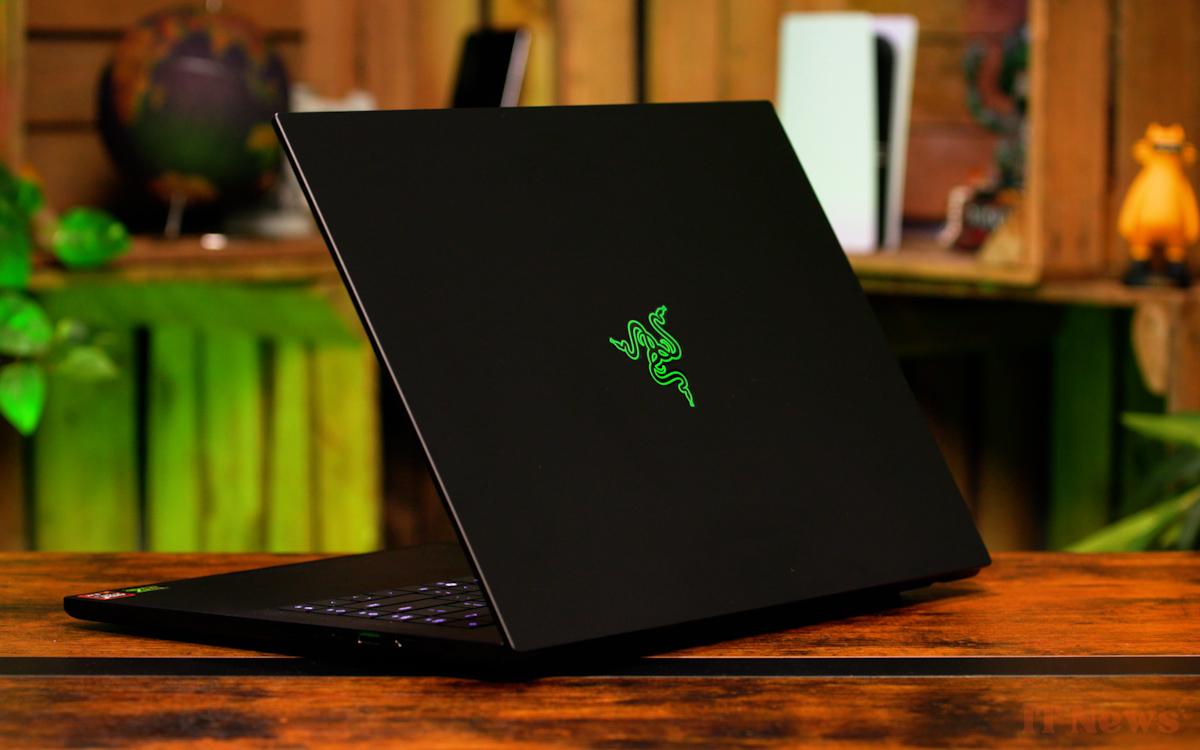
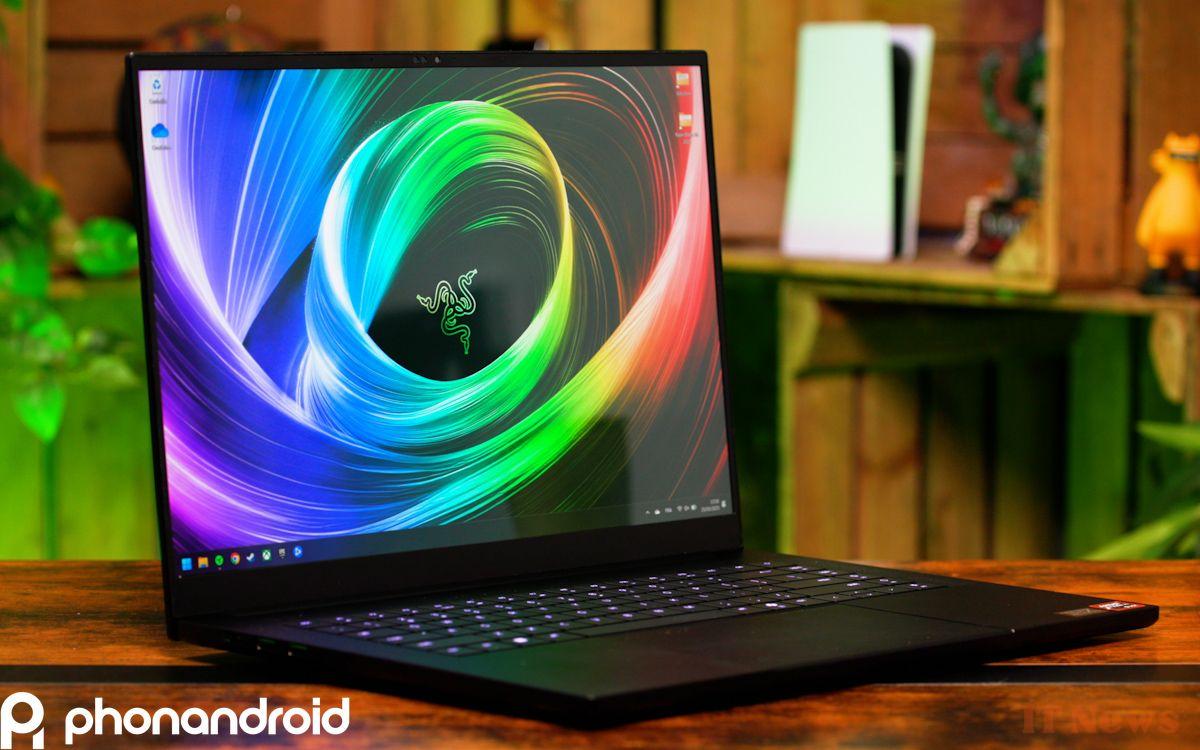

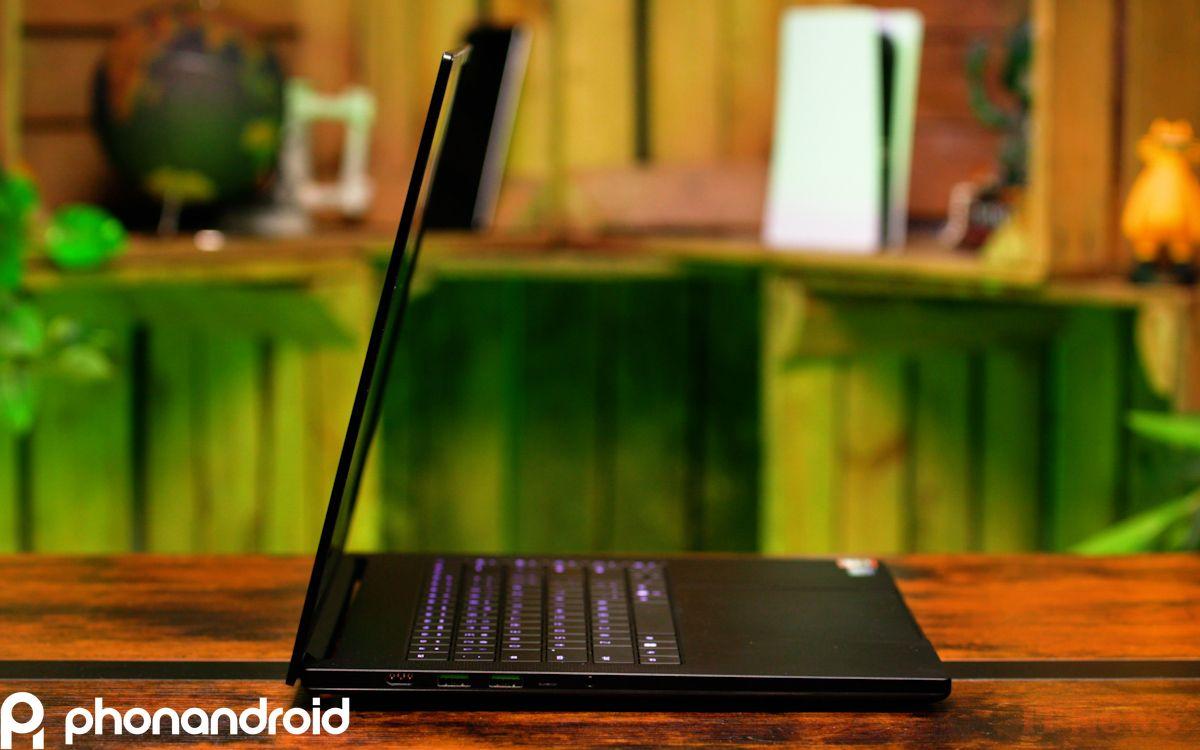
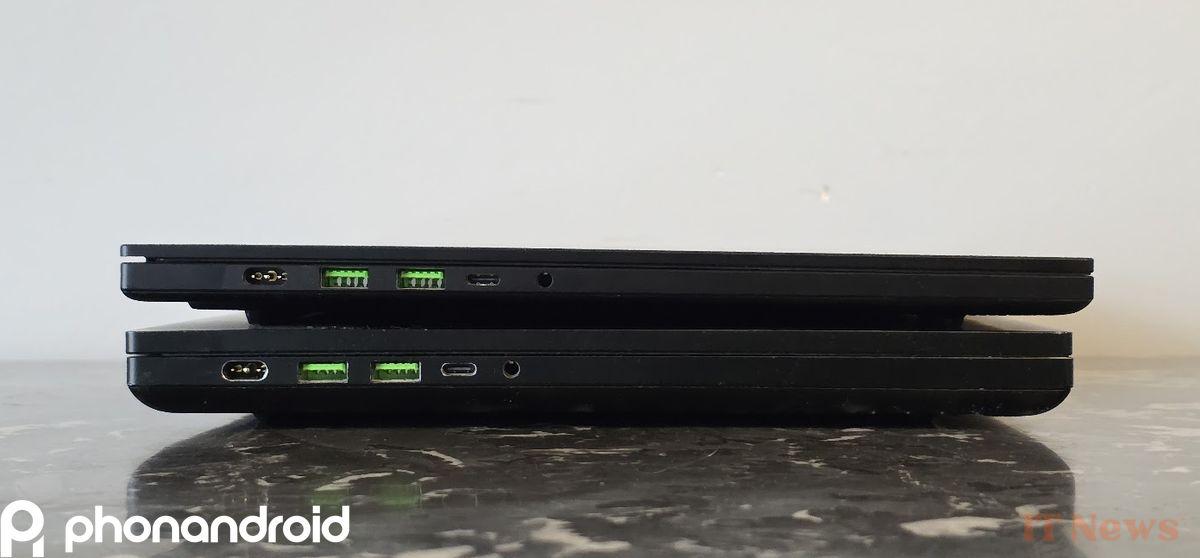
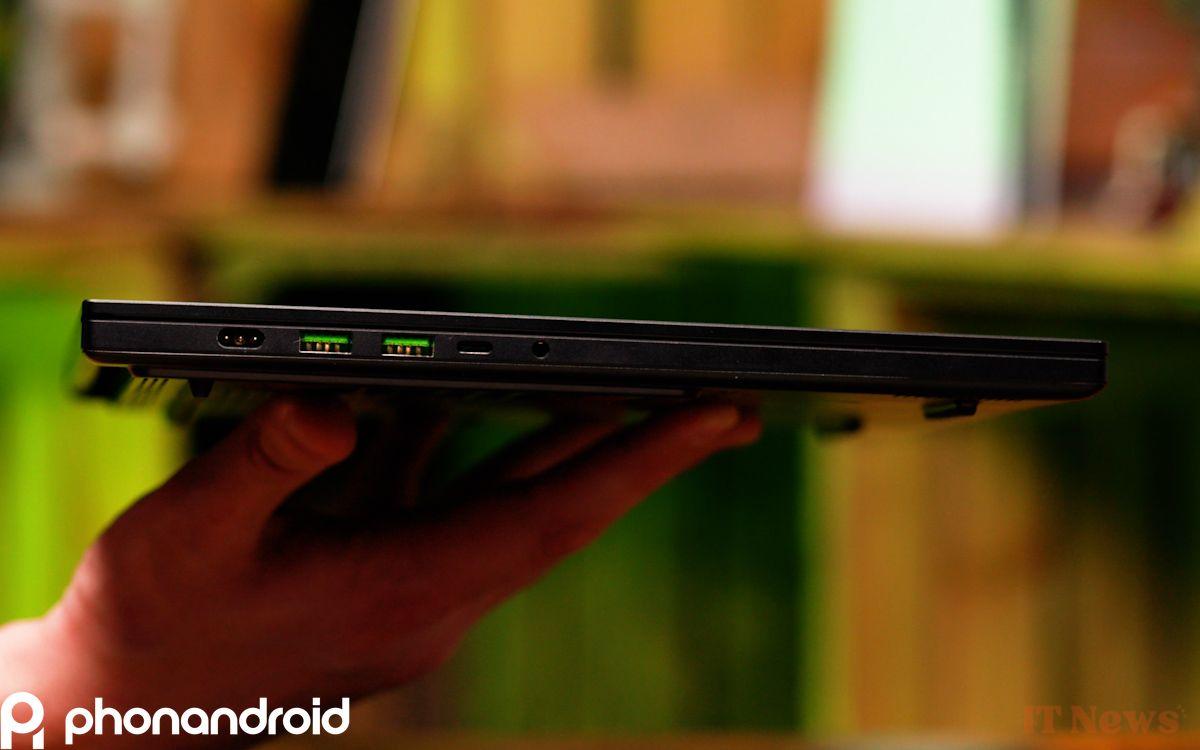
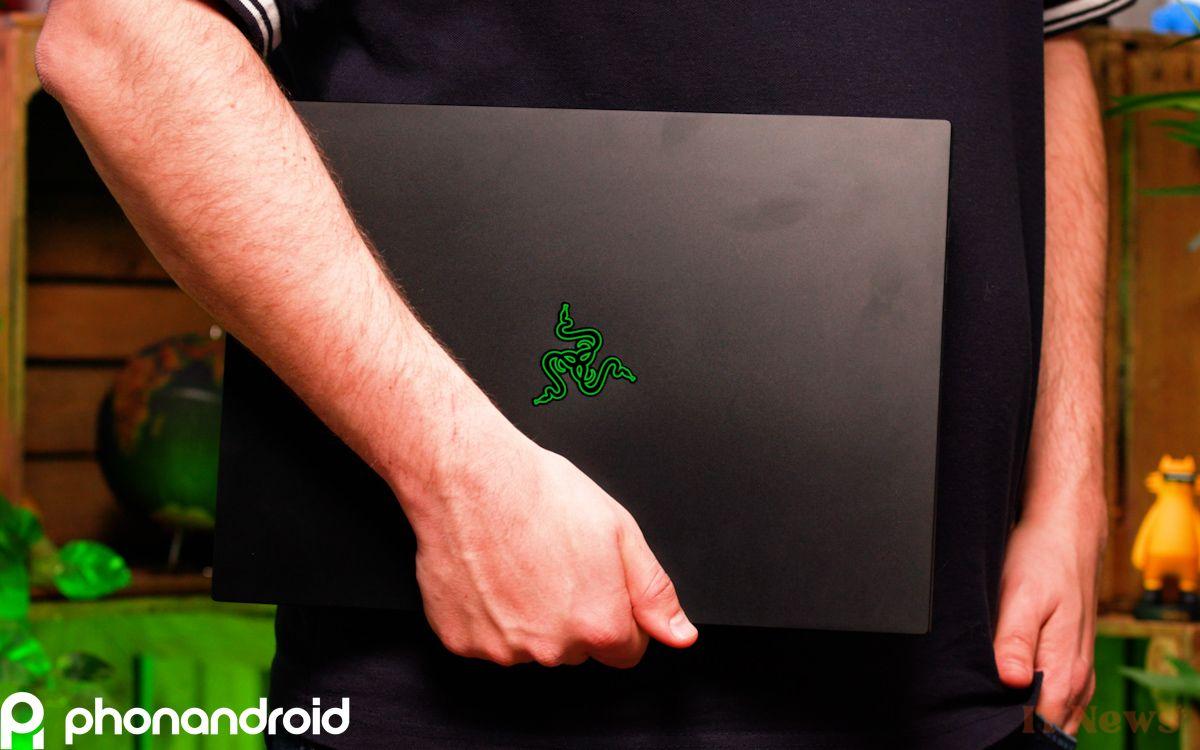
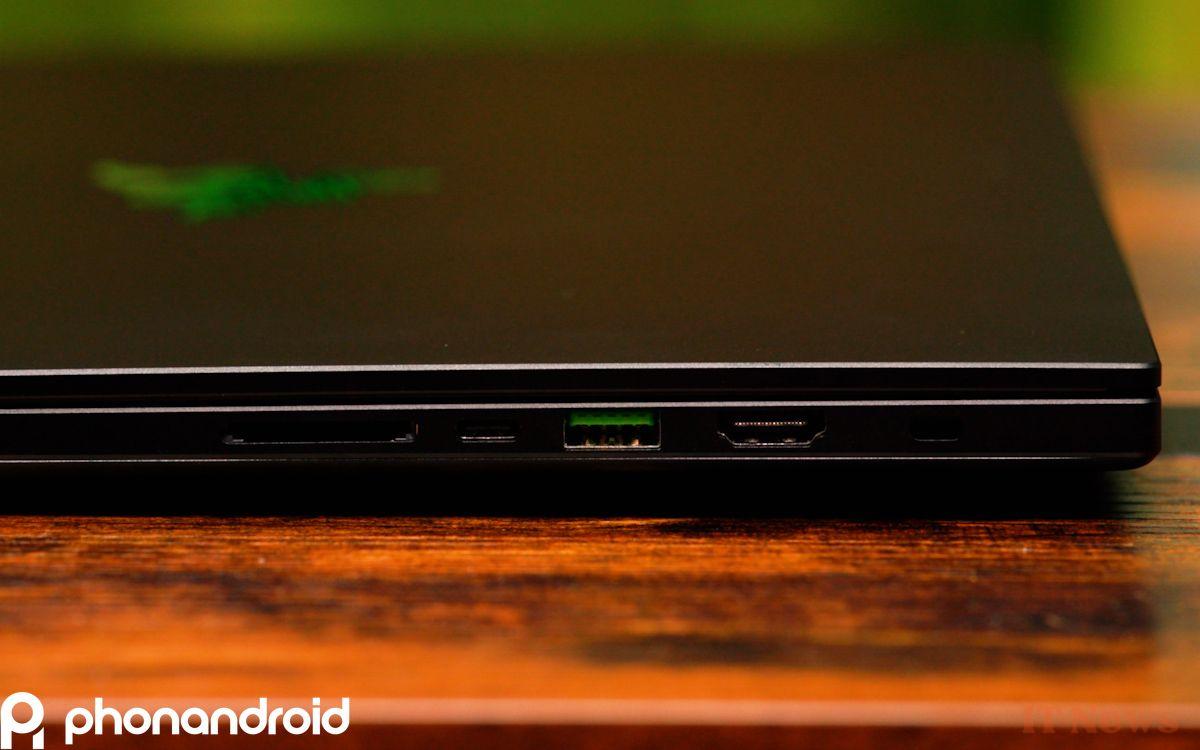
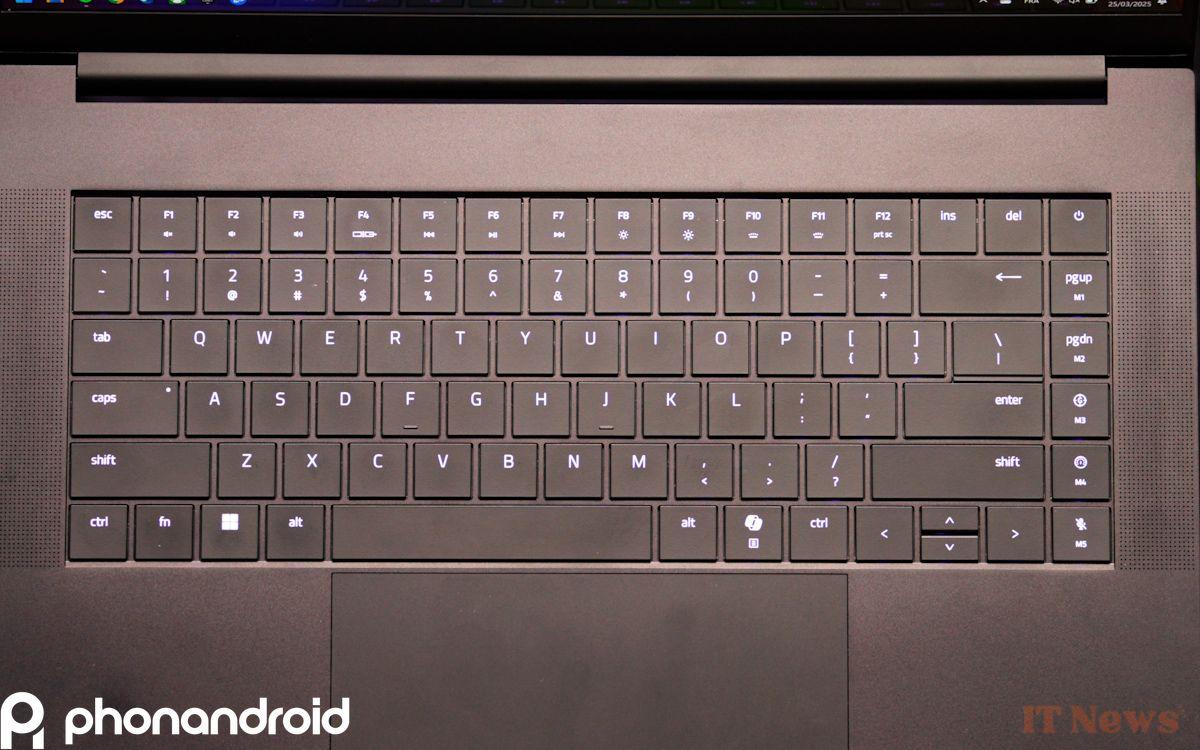
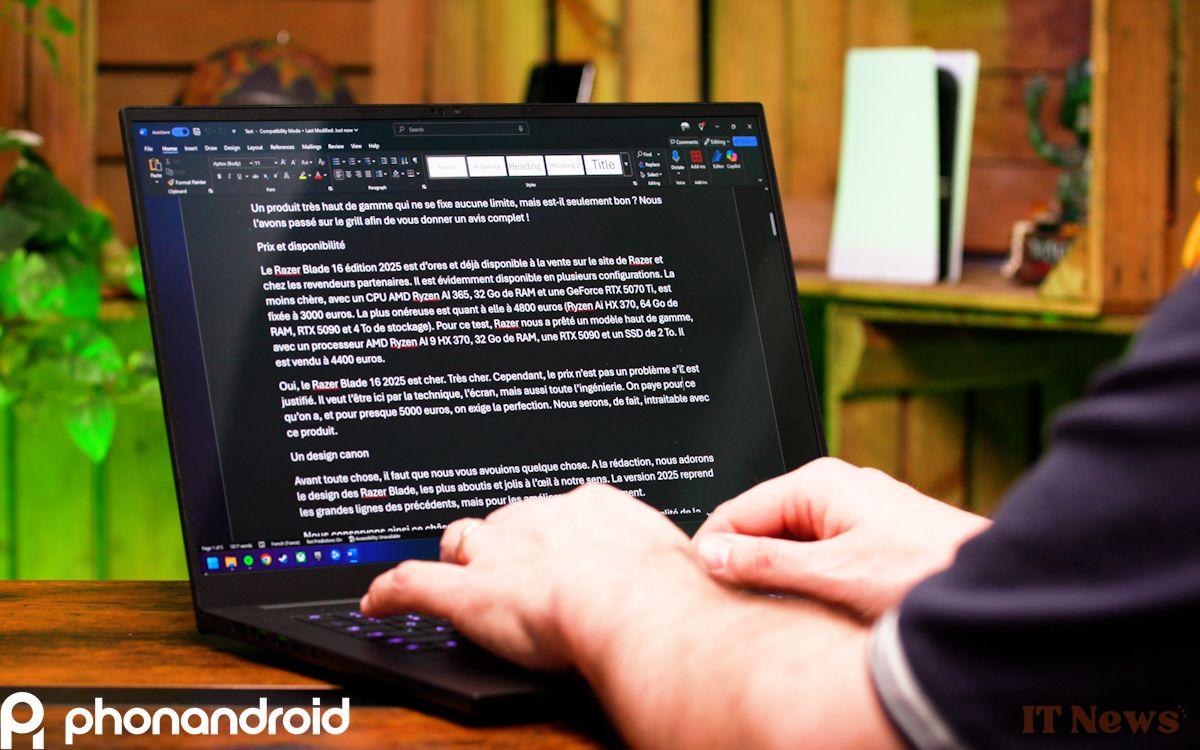
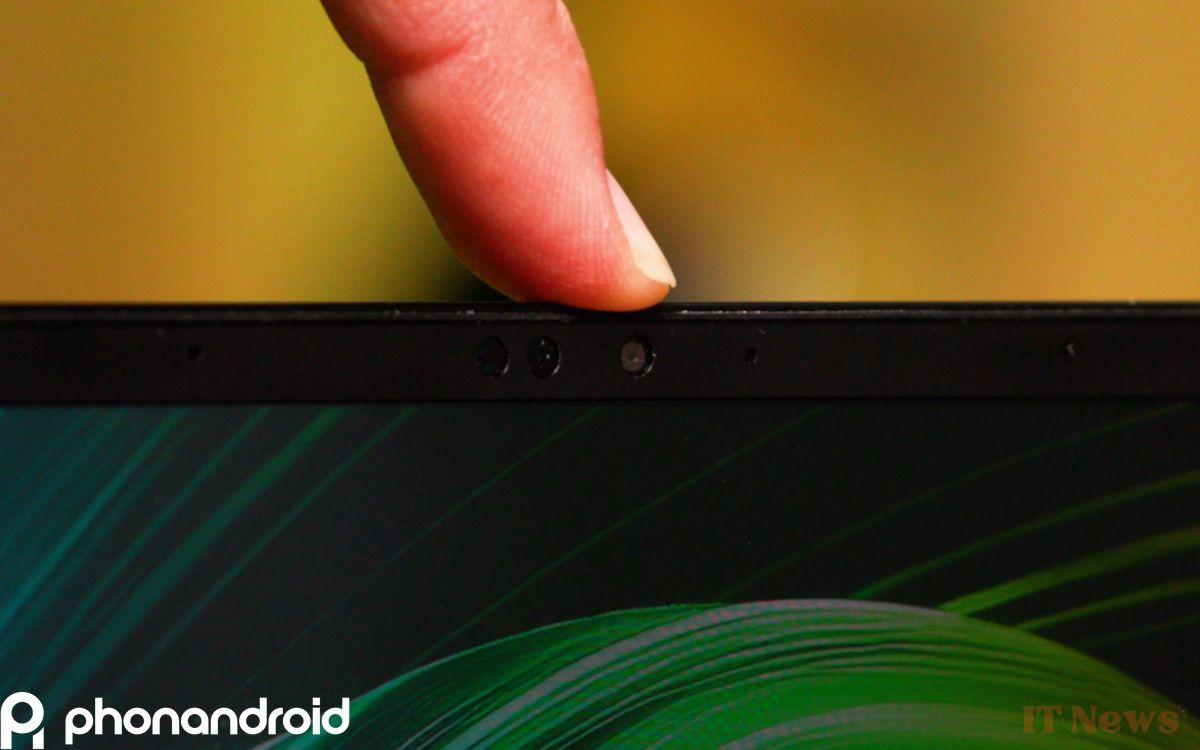
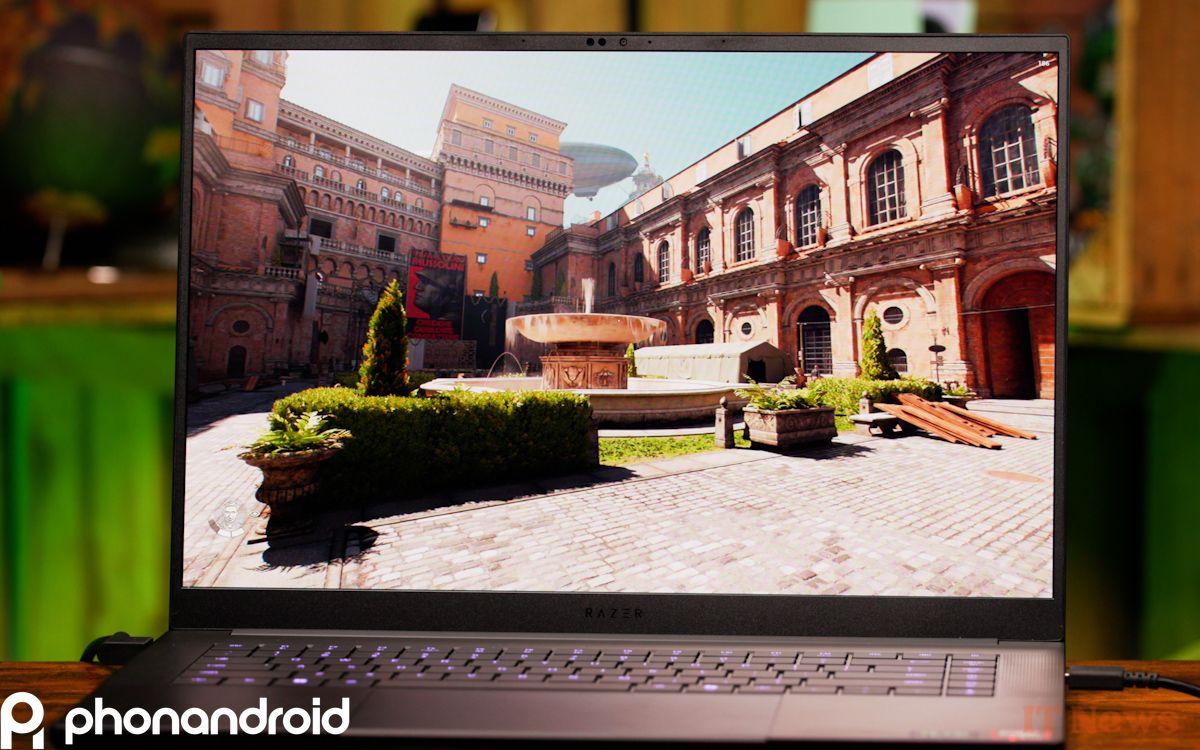
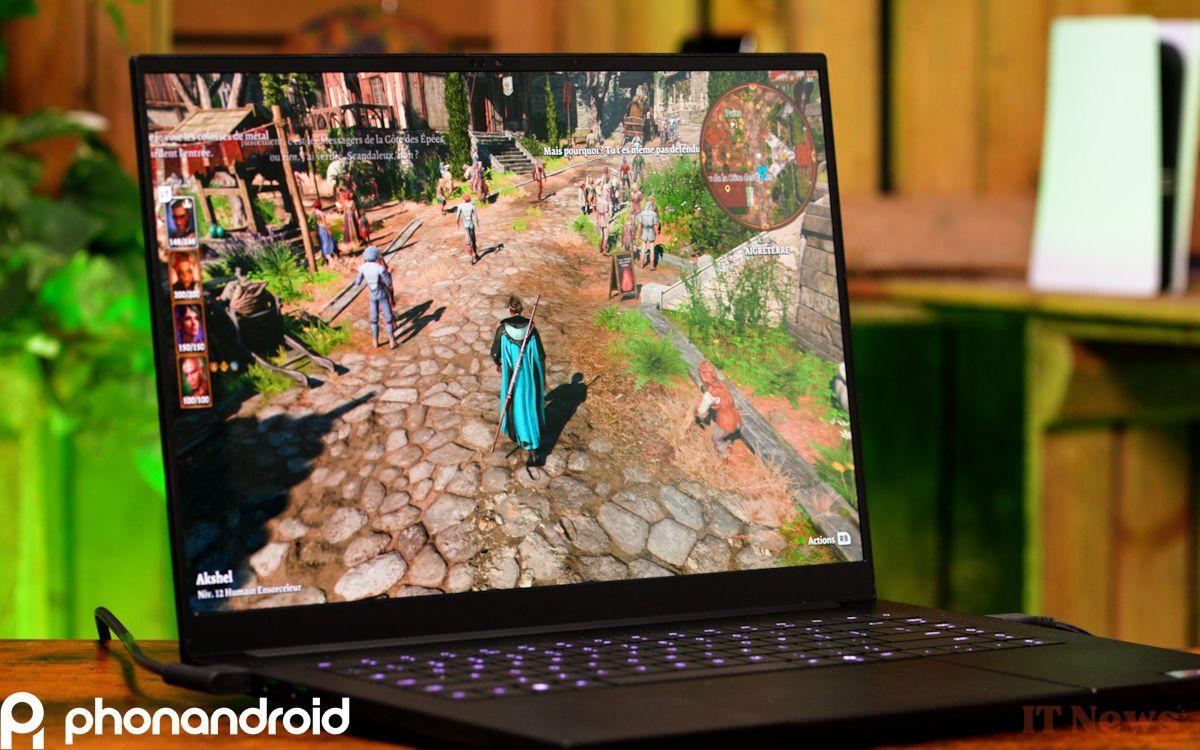
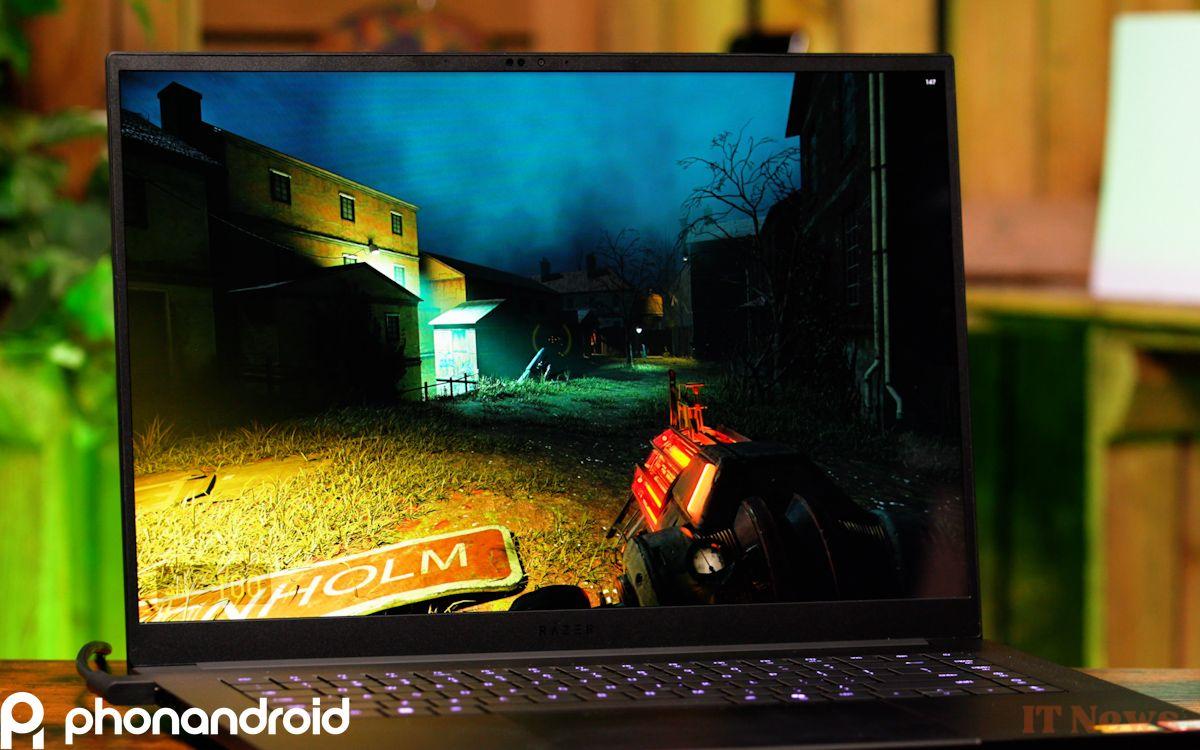
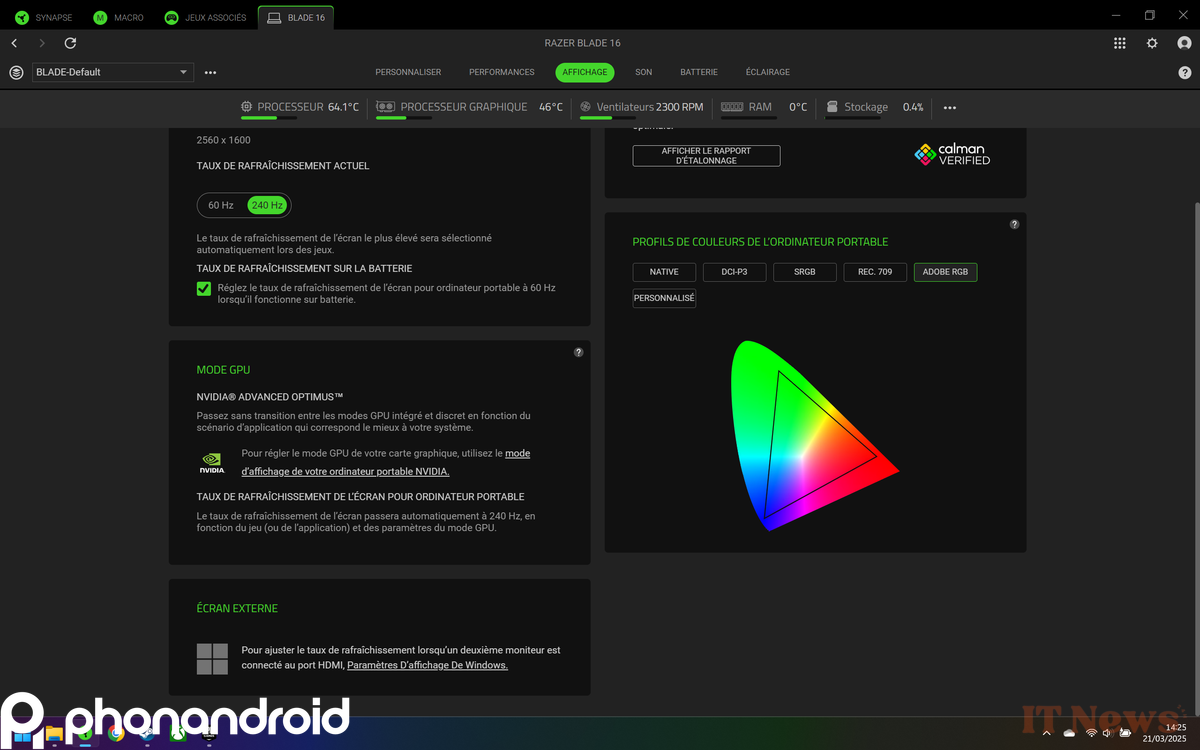
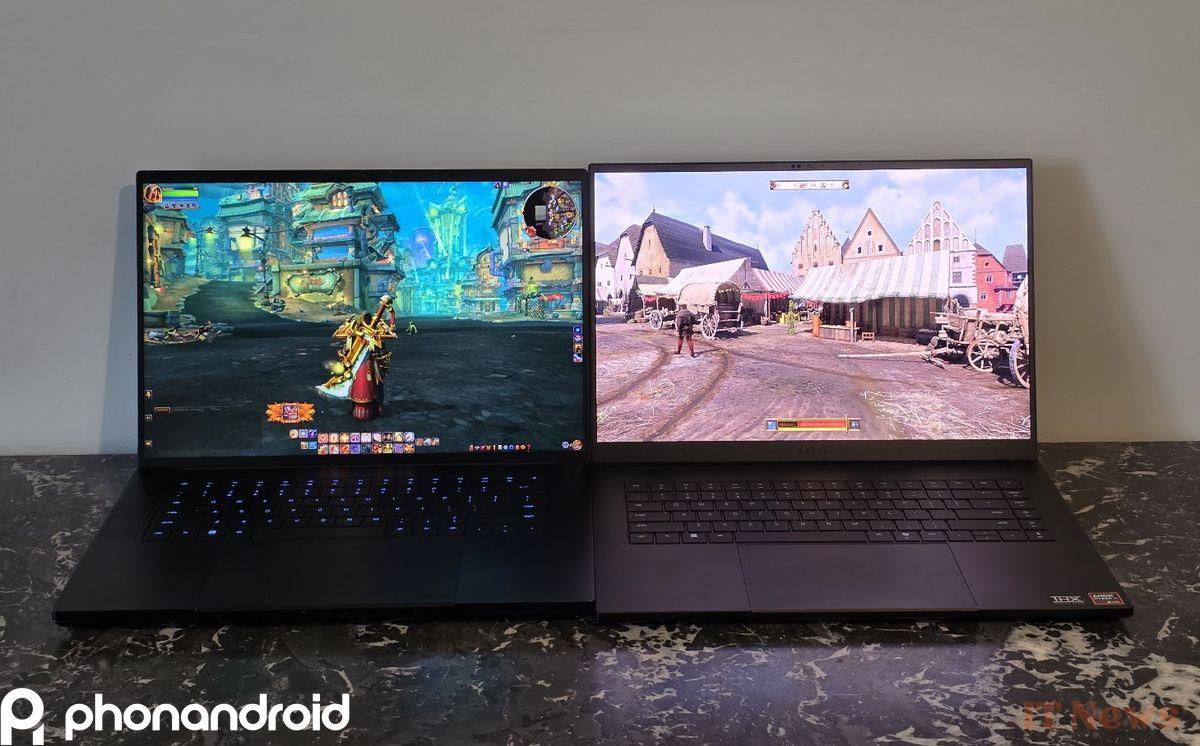
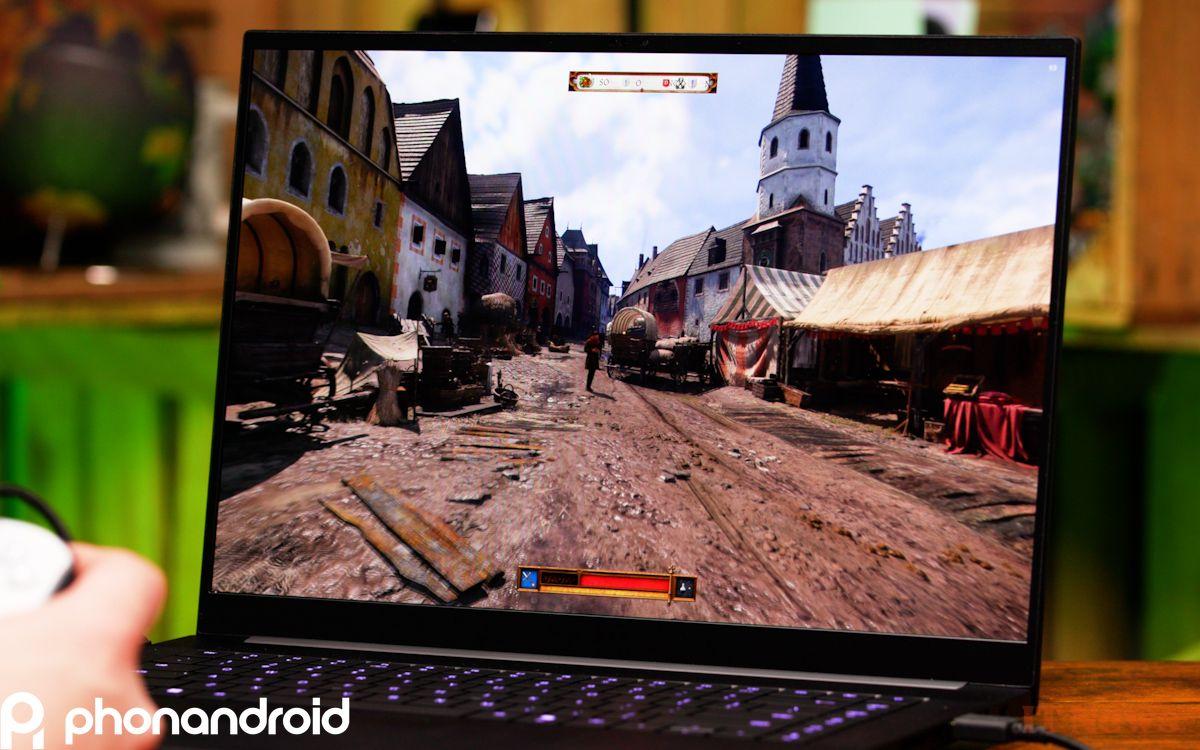
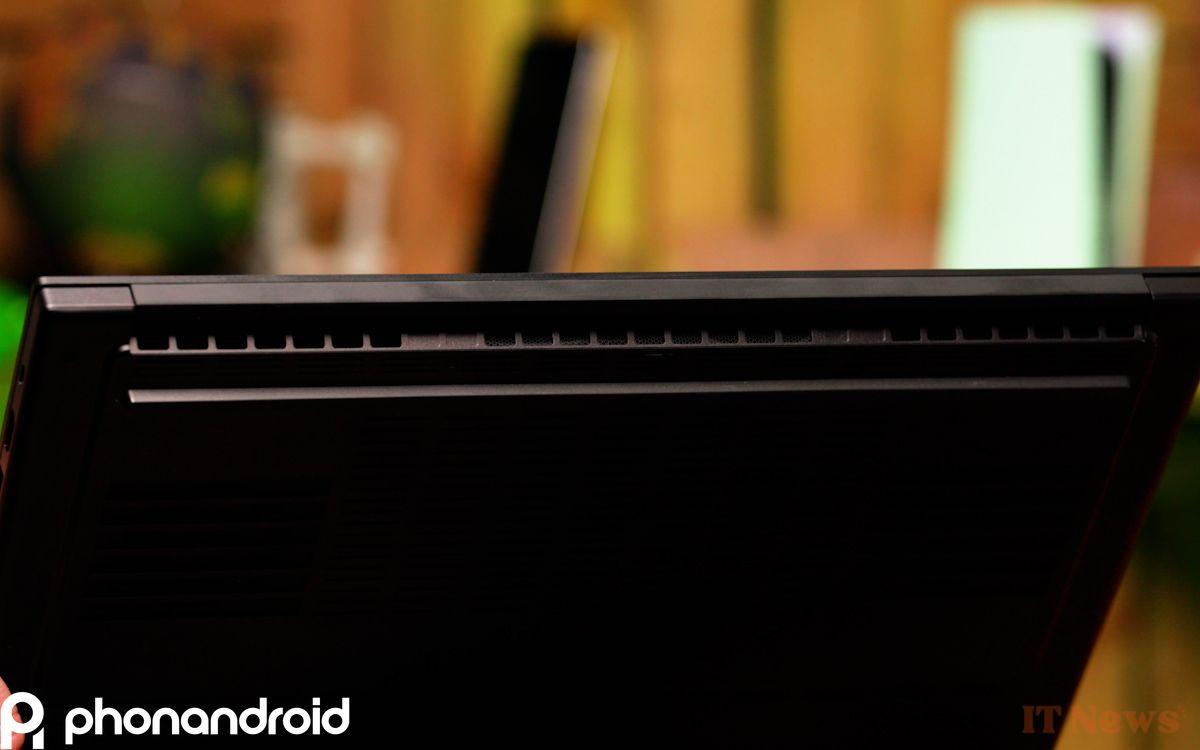

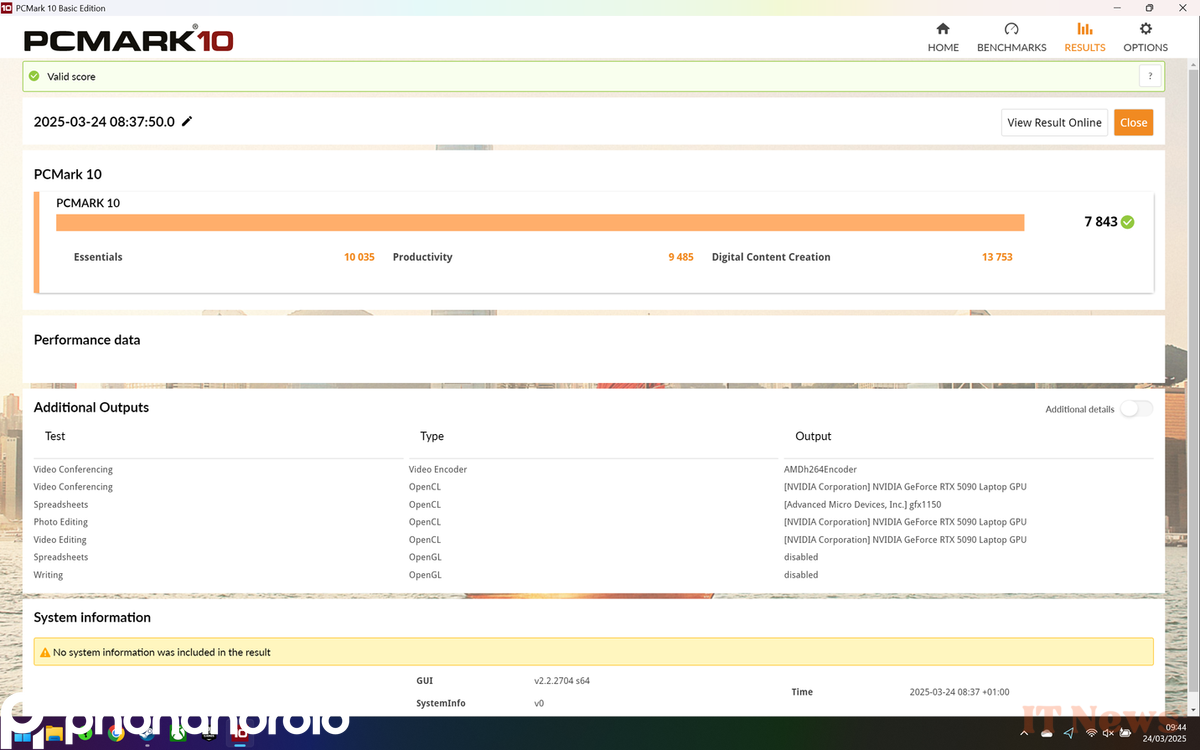

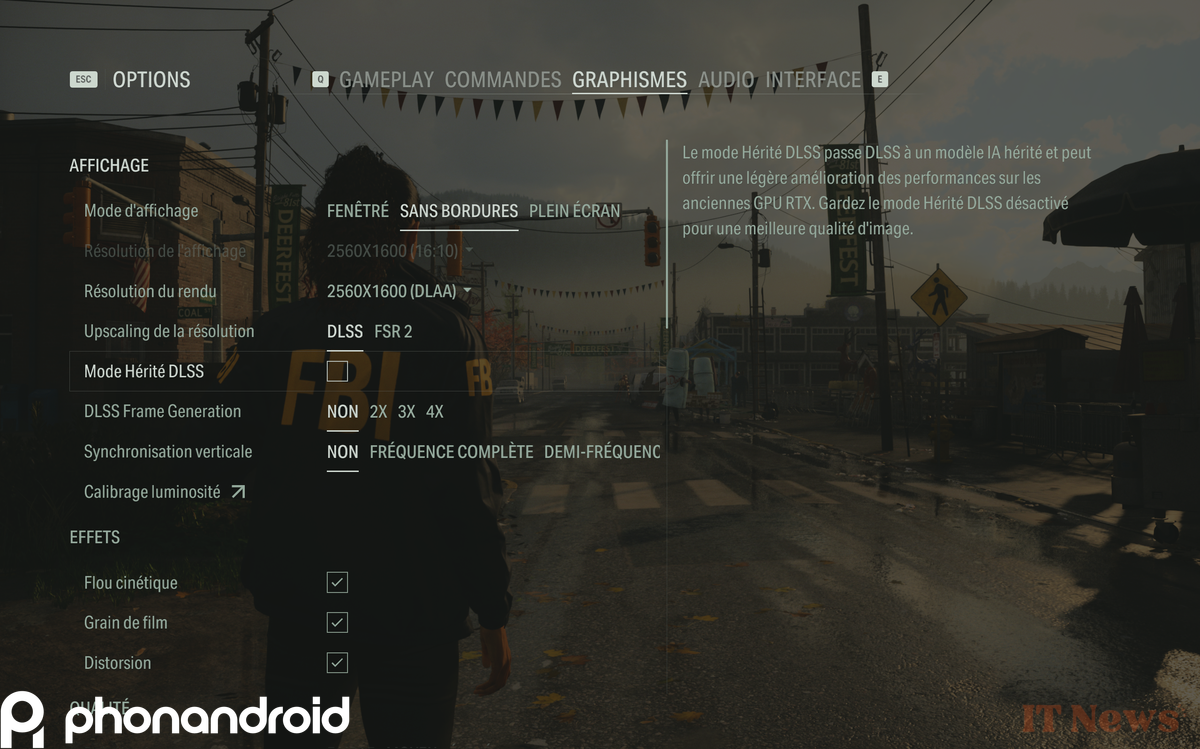
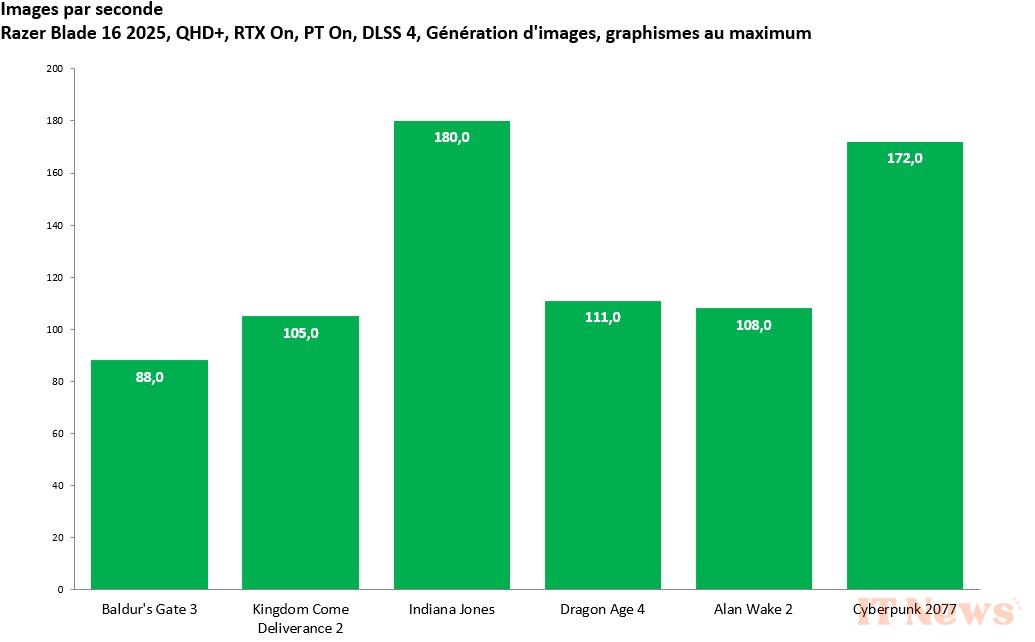
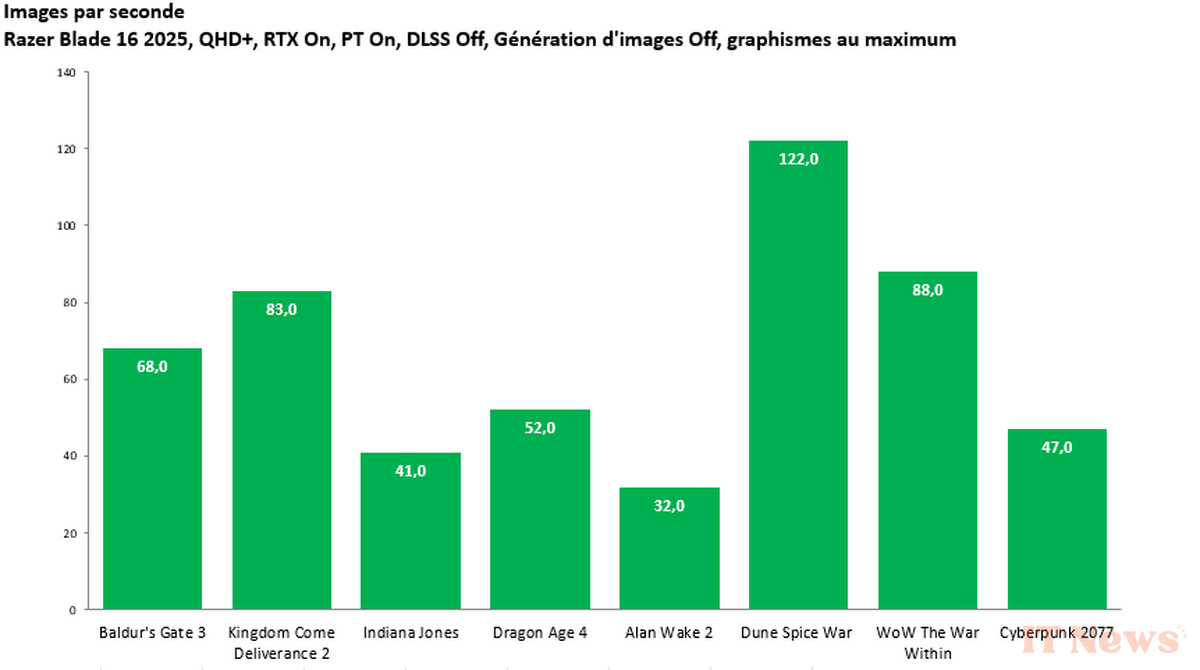

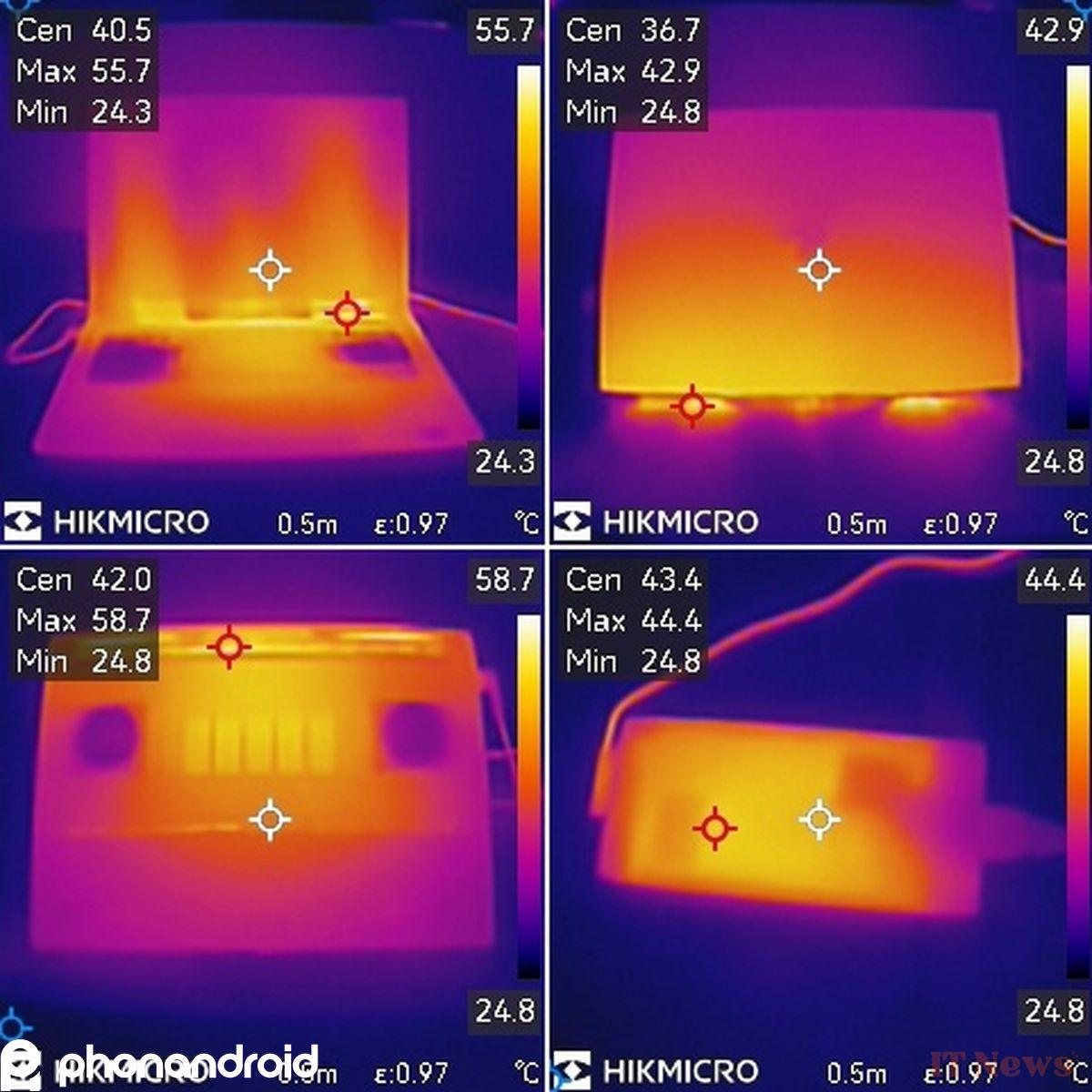


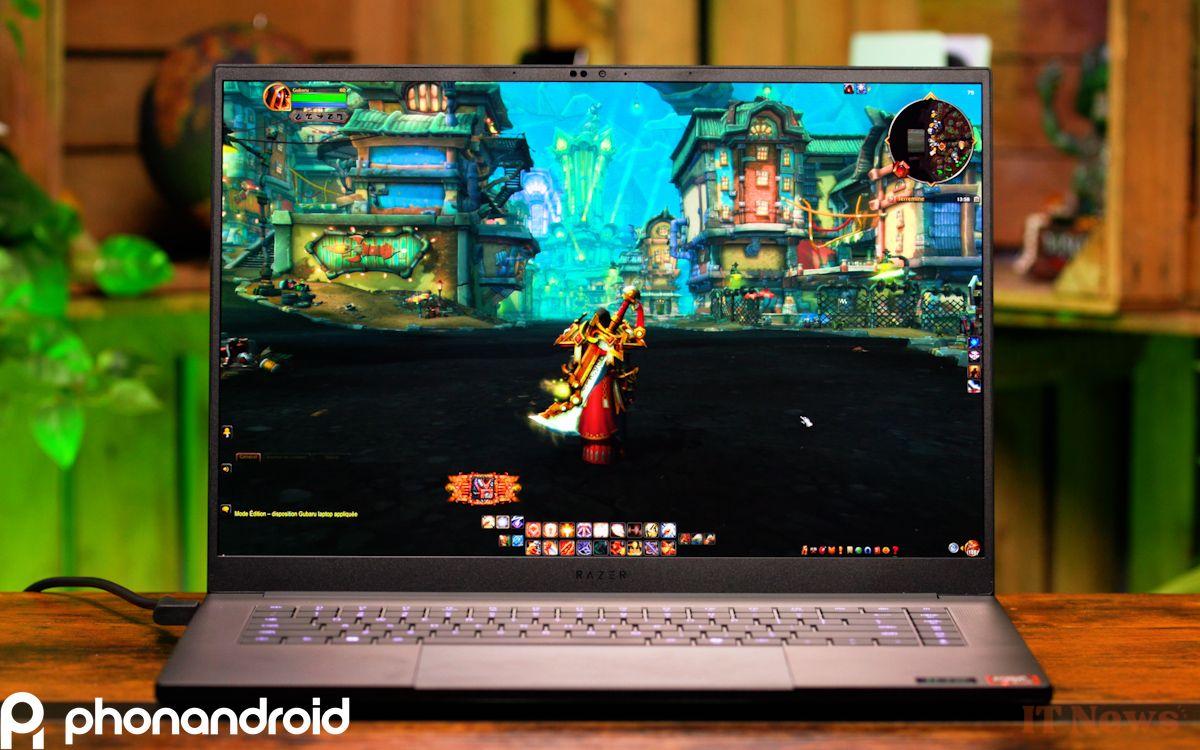

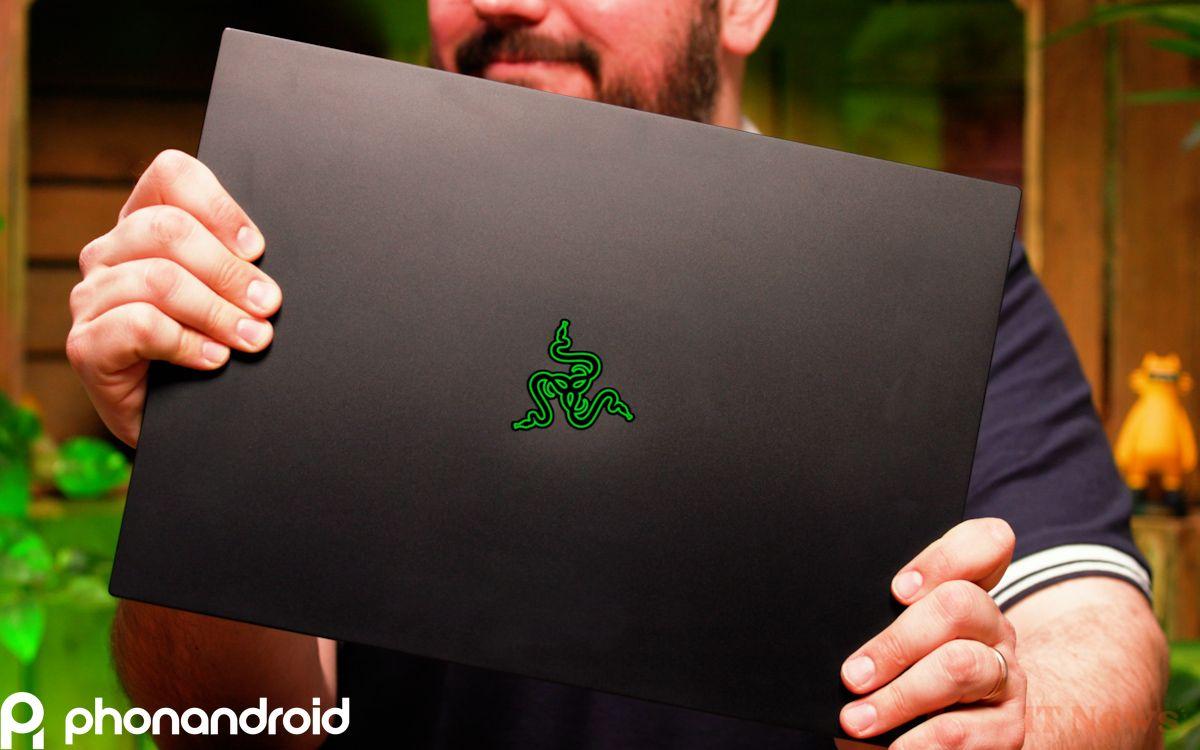



0 Comments